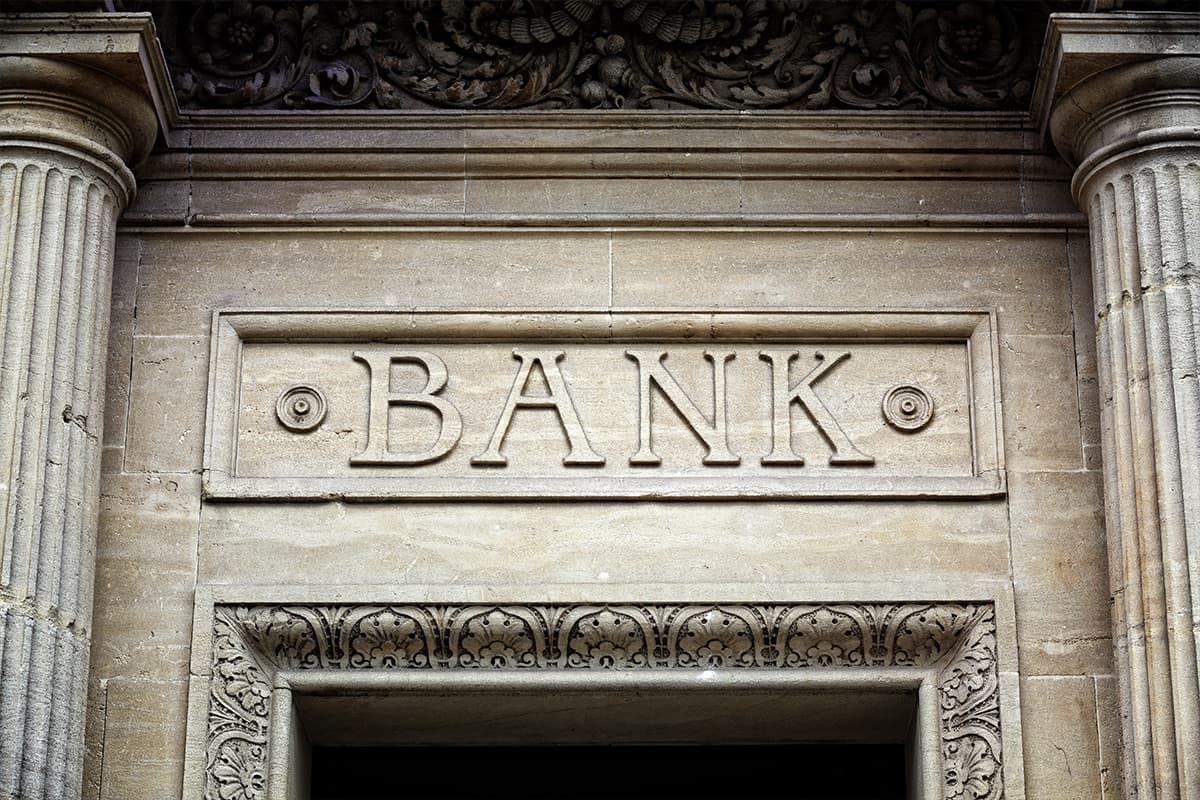
KUALA LUMPUR (Sept 8): Banking stocks could see better days ahead as the sector's risk-reward profile is still skewed favourably to the upside with analysts believing most negatives have been priced in by the market.
Analysts also viewed that sector sentiment will remain positive well into the fourth quarter of the year (4Q21) even though credit cost is expected to rise in the second half of the year (2H21), supported by economic reopening on high vaccination rates, potential positive dividend surprises and attractive valuations.
UOB Kay Hian Pte Ltd analyst Keith Wee said taking a longer-term investment horizon, the average dividend yield for the sector in 2022 is now hovering at a commendable 5.3% versus its historical average of 4.5%.
"Meanwhile, the current implied 2021 yield of 4% is broadly in line with historical levels despite earnings being impacted by still-elevated provisions. Our 2021 dividend payout ratio assumption remains conservative at 40% (2019: 48%)," he said in a sector report today.
Wee added that the banks are expected to book a net modification loss in 3Q21, arising from the recent increase in targeted assistance from 14% to 27%.
"However, the impact is going to be significantly less than the RM1.7 billion (8% of sector earnings) that the sector experienced in 2020. This is because the increase in the targeted assistance take-up rate of roughly 15ppts (percentage points) this round is much lower than the 85% take-up rate in 2020 given the opt-in nature of the current targeted assistance.
"In addition, customers who choose to extend their loan tenure to reduce their monthly loan repayment will end up having to pay higher cumulative interest and this would essentially help to partially offset the loan modification losses. All in all, we estimate a potential sector-wide net loan modification loss impact of only 1% to 1.5% of our 2021 sector earnings [forecast] versus the 8% impact in 2020," he said.
Hong Leong Investment Bank (HLIB) analyst Chan Jit Hoong, meanwhile, expects the net interest margin (NIM) to come under slight pressure, premised on brewing deposit rivalry and a limited scope for further current account savings account (CASA) expansion.
"That said, loan growth is seen to chug along given the gradual economic reopening under the National Recovery Plan. Separately, the gross impaired loan (GIL) ratio is likely to creep up but we are not overly worried as banks made heavy pre-emptive provisioning in financial year 2020 (FY20) and we reckon credit risk has been adequately priced in by the market, looking at the high net credit charge (NCC) assumption applied for FY21 by both us and the consensus (above the normalised run rate but below FY20’s level)," he said in a sector report today.
On forecasts, Chan is now projecting a three-year aggregate earnings compound annual growth rate (CAGR) of 15.2% (calendar year 2020 [CY20]-CY23) for the sector versus the research firm's previous estimate of 14.9% after a couple of profit revisions this reporting season.
Still 'overweight' on banks
Both Wee and Chan concurred that the local banks reported a fairly commendable set of 2Q21 earnings, with the two maintaining their "overweight" call on the banking sector.
As for top picks, Wee said CIMB Group Holdings Bhd (target price [TP]: RM5.50) remains the firm's top sector pick, underpinned by its strongest earnings recovery and attractive valuations, coupled with its liquid and high beta nature, which should bode well for the bank under the current economic reopening and cyclical recovery theme. RHB Bank Bhd (TP: RM6.35), on the other hand, is the firm's second sector pick given its attractive dividend yield, high common equity tier 1 (CET1) ratio and high beta.
" As the recovery theme gains traction, our top picks have skewed to the higher beta banking names with strong earnings recovery growth potential," Wee said.
Meanwhile, as for the big boys, Chan prefers Malayan Banking Bhd (Maybank) with a TP of RM9.40 for its strong dividend yield, and Public Bank Bhd (TP: RM4.50) for its resilient asset quality.
For midsized banks, RHB Bank Bhd (TP: RM6.85) is favoured for its high CET1 ratio and large fair value through other comprehensive income (FVTOCI) reserves to buffer from potential yield curve volatility.
For small-sized banks, BIMB Holdings Bhd (TP: RM4.80) and Affin Bank Bhd (TP: RM2.15) are preferred. HLIB likes the former for its positive long-term structural growth drivers and better asset quality, while the latter has value-unlocking potential.
"In our view, Covid-19 woes will likely fizzle out in 2022, while the state of the economy and the banking sector will only get better in time. Also, valuations are undemanding and there is ample liquidity in the market," Chan added.